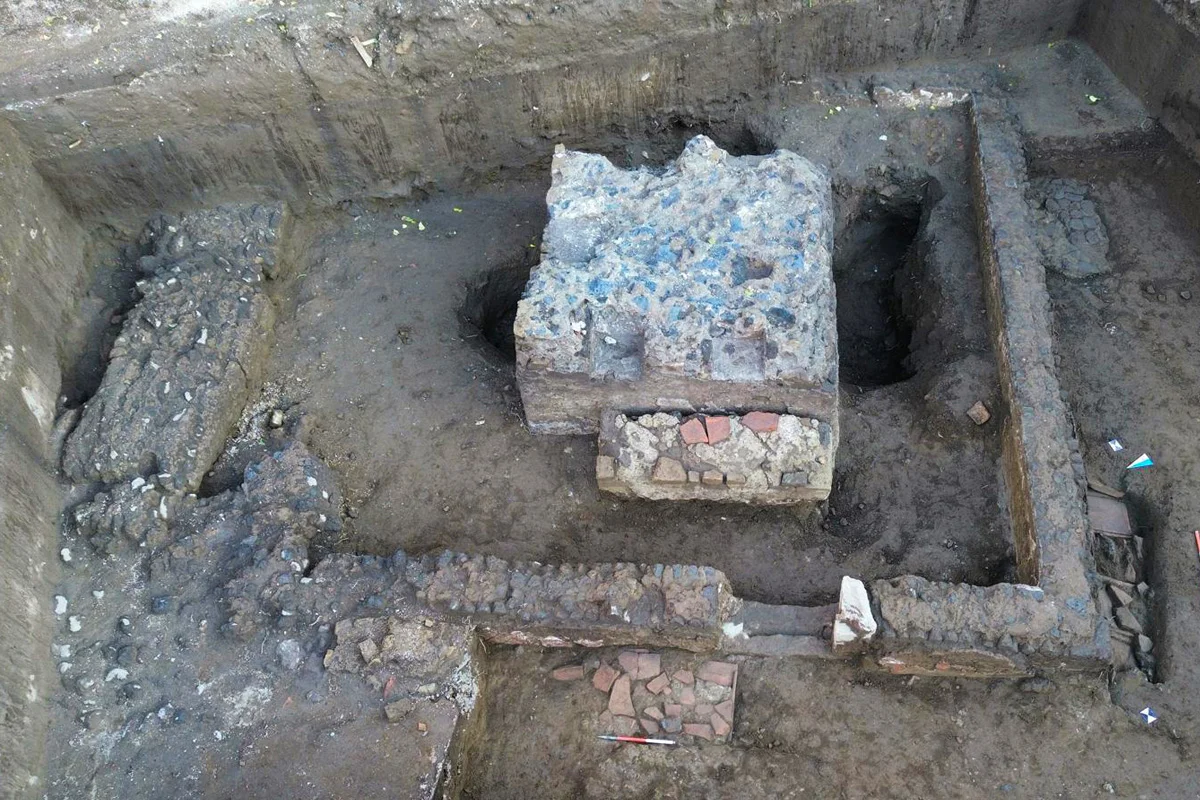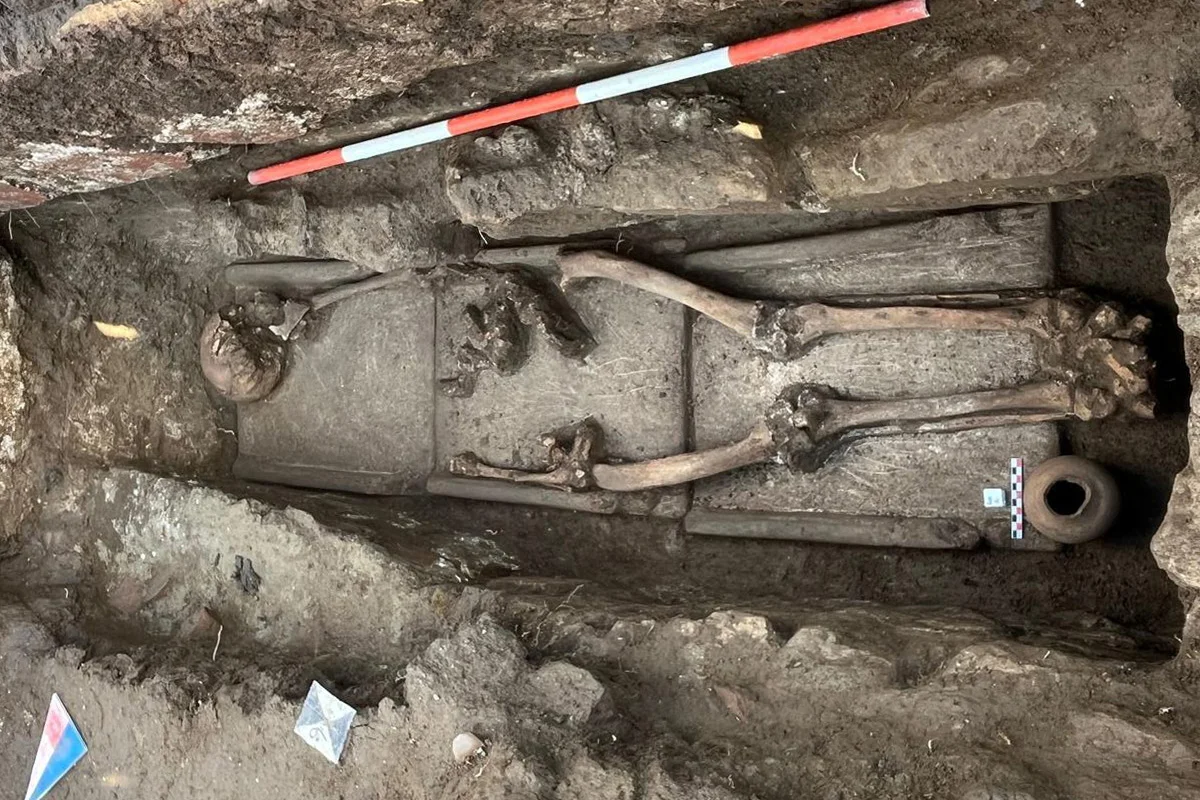Liternum was a Roman colony established in the late 2nd century BC in Campania, southern-central Italy.
The colony reached its height in the 1st and 2nd centuries AD, spurred by the construction of the Via Domitiana, which helped establish Liternum as a major trading centre and commercial hub for local industries.
Liternum is mostly known for being the residence of the elder Scipio Africanus, a Roman general and statesman who was one of the main architects of Rome’s victory against Carthage in the Second Punic War.
Recent excavations under the Superintendency for the Metropolitan Area of Naples have been focusing a study on the city’s necropolis, located a short distance from the Forum and Amphitheatre.
Led by Dr. Simona Formola, archaeologists have uncovered two high status funerary enclosures, a cult well, a mausoleum dressed in opus reticulatum, and over twenty burials.

Among the burial discoveries are Enchytrismos tombs, inhumations placed in pithos terracotta jars, tiled box tombs, burials placed on embrici tiles, and tombs constructed with bricks.
According to experts, the findings date from the late 1st century BC to the 3rd century AD, providing new insights into the chronology of Roman burial rites and daily life within the colony. Of particular interest are the funerary grave goods and marble funerary inscriptions, most notably an epitaph of a gladiator.
Superintendent Mariano Nuzzo, said: “The importance of these investigations is strictly linked to a better understanding of the physiognomy of the ancient landscape and the urban perimeter of the colony.”
These discoveries have led archaeologists to propose a new hypothesis regarding the route of the Via Domitiana, suggesting that the burials were originally situated along the path.
Header Image Credit : Superintendency for the Metropolitan Area of Naples
Sources : Daily Press Agency





